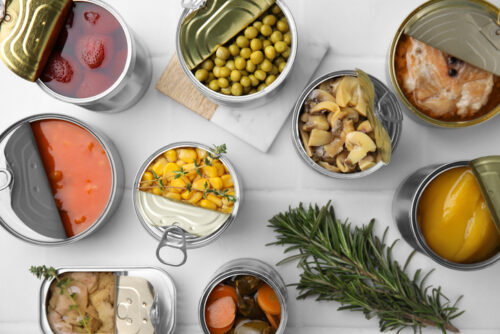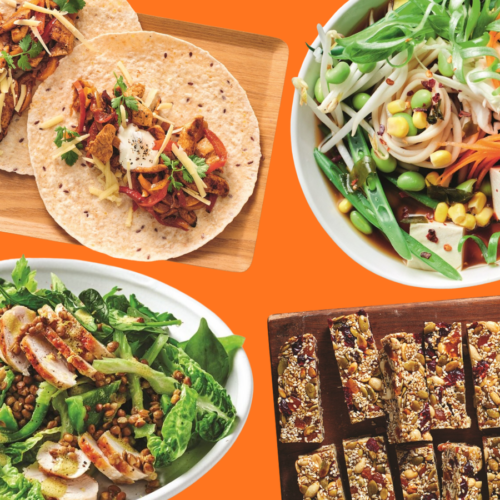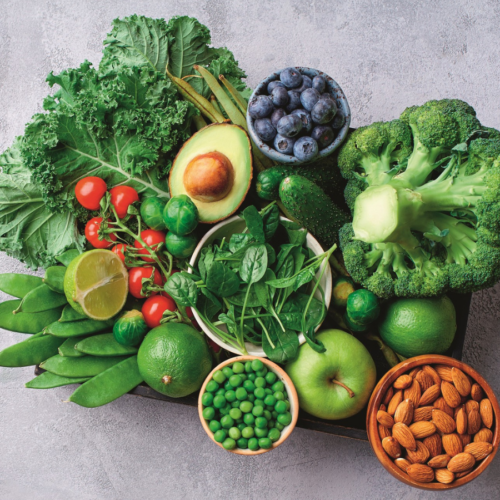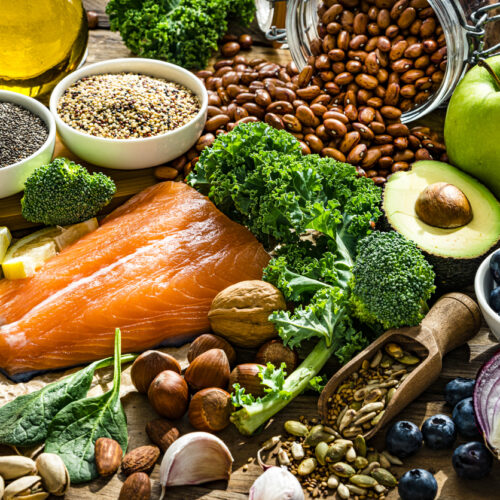
Love the convenience of canned vegies? So do we! Here’s how to keep the salt in check.
Canned vegetables are a convenient pantry staple, especially when fresh produce is out of season. Certain varieties can pack in a surprising amount of added salt (sodium), which isn’t ideal if you’re trying to manage your blood pressure or simply eat a little healthier.
Check the label
Go for the option with the lowest sodium. Less than 120mg of sodium per 100g is considered a low-sodium choice. If it’s over 400mg per 100g, it’s worth leaving on the shelf. Choose cans labelled ‘no added salt’ or ‘salt-reduced’ — these can have up to 90 per cent less sodium than regular versions.
Quick rinse, less salt
Once you’ve opened your can, you can still lower the salt content by draining off any brine and giving them a good rinse under running water. This can wash away up to 40 per cent of the sodium.
Pair wisely
Even if your vegies are low in salt, the rest of your meal might not be! Adding canned corn to nachos with salty chips and cheese or serving canned peas with crumbed chicken or processed sausages can push up your sodium intake. Try pairing canned vegies with fresh or minimally processed grilled lean meats, legumes, or whole grains.
More vegies is the goal
Fresh, frozen, or canned — vegies are packed with fibre, vitamins and antioxidants. So, if cans make it easier to get your 5-plus- a-day, they’re definitely worth it. A little label reading and a quick rinse can go a long way in keeping your salt intake in check.
Our dietitian’s top tips
➜ Look for ‘no added salt’ on the front of the label
➜ Drain and rinse well before eating
➜ Check how much sodium is in the rest of your meal
www.healthyfood.com









